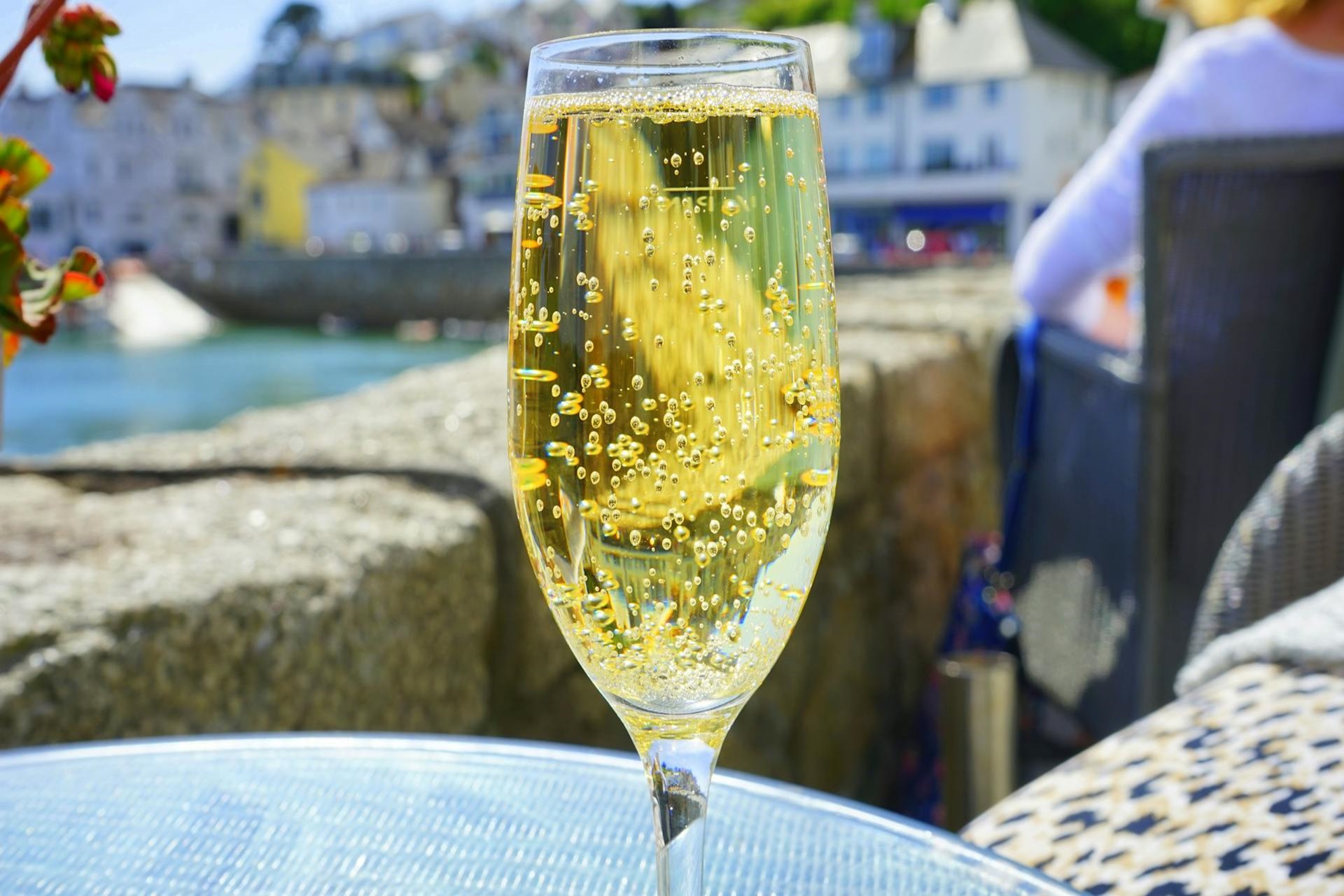Everything You Need to Know
Sparkling wine, renowned for its delightful bubbles, is a unique and celebratory beverage enjoyed worldwide. This guide will delve into what sparkling wine is, the different methods of production, the various types, flavor profiles, and the best ways to serve and pair it. Whether you’re a wine connoisseur or a casual drinker, understanding sparkling wine can enhance your appreciation of this effervescent treat.
What is Sparkling Wine?
Sparkling wine is a type of wine that contains high levels of carbon dioxide, which creates its signature fizziness. The bubbles make it a popular choice for celebrations and special occasions. The key to sparkling wine’s effervescence lies in the production methods, each contributing unique characteristics to the final product.
How is Sparkling Wine Made?
- Traditional Method (Méthode Traditionnelle or Champagne Method):
- Process: Secondary fermentation occurs in the bottle, producing fine bubbles.
- Regions: Used in Champagne, France, as well as for Cava in Spain and many high-quality sparkling wines globally.
- Characteristics: Complex flavors and a fine mousse (tiny bubbles).
- Tank Method (Charmat Method):
- Process: Secondary fermentation takes place in large stainless steel tanks.
- Regions: Commonly used for Prosecco in Italy, and some sparkling wines in Germany and the USA.
- Characteristics: Fresh, fruity flavors with larger bubbles.
- Transfer Method:
- Process: Combines traditional and tank methods. Secondary fermentation starts in the bottle but is transferred to a tank to remove sediment before rebottling.
- Regions: Used in various regions for a cost-effective alternative to the traditional method.
- Characteristics: Some complexity of traditional method wines with tank method efficiency.
- Carbonation:
- Process: Carbon dioxide is injected into the wine, similar to soda carbonation.
- Regions: Found in some inexpensive varieties.
- Characteristics: Larger bubbles and simpler flavors.
Types of Sparkling Wine
- Champagne: Exclusively from the Champagne region in France, using the traditional method. Known for high quality and complex flavors.
- Prosecco: An Italian sparkling wine made mainly from the Glera grape using the tank method. Noted for its light, fruity, and aromatic qualities.
- Cava: Spanish sparkling wine produced using the traditional method, primarily in Catalonia. Offers a good balance of quality and affordability.
- Crémant: French sparkling wines made outside Champagne using the traditional method. Examples include Crémant de Loire and Crémant d’Alsace.
- Sekt: German sparkling wine, ranging from inexpensive, mass-produced types to high-quality, traditional wines.
Flavor Profiles and Food Pairings
Sparkling wines range from dry (Brut) to sweet (Demi-Sec or Doux). Flavor notes can include green apple, pear, citrus, toast, and almonds, depending on the method and aging. Sparkling wine pairs well with a variety of foods, such as appetizers, seafood, desserts, and spicy dishes, making it versatile for any meal.
Serving Tips for Sparkling Wine
- Temperature: Serve well-chilled, ideally between 40-50°F (4-10°C).
- Glassware: Use a flute or tulip-shaped glass to preserve bubbles and concentrate aromas.
- Opening: Open safely by holding the cork and gently twisting the bottle while tilting it slightly to release pressure slowly.
Conclusion
Sparkling wine is a versatile and celebratory beverage with a wide range of styles and flavors. Whether you’re toasting a special occasion or enjoying a casual evening, sparkling wine adds a touch of elegance to any event. Understanding the different types, production methods, and pairing options can help you choose the perfect bottle for any occasion. Explore the world of sparkling wine and enjoy its effervescent charm.
FIND TOP SPARKLING WINE ON AMAZON BELOW:
Affiliate Disclosure: This article may contain affiliate links, and we may earn a commission if you make a purchase through these links. We only recommend products or services we believe will add value to our readers.








